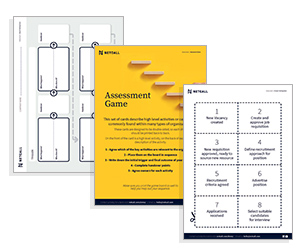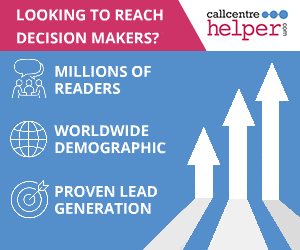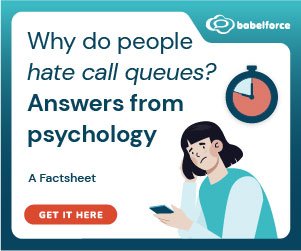Louisa Mackintosh at Netcall explores how true digital transformation in the NHS means designing services that are inclusive for every patient, and in this blog, you’ll learn practical ways trusts are making that vision a reality.
The NHS is going digital – but not everyone is feeling the benefits. While many trusts are upgrading systems and services, some patients are still being left behind.
True digital transformation isn’t just about technology. It’s about making sure every patient can access care, no matter their background or situation.
Why Digital Inclusion in Healthcare Matters
Many NHS services still rely on outdated communication methods – like letters sent too late or phone calls during working hours.
These systems often assume patients speak fluent English, have internet access and are available during the day. But that’s not the case for everyone.
Patients who work night shifts, share phones or speak limited English often miss important updates. They may not get their appointment letters in time or miss calls while sleeping.
Here’s why it’s vital – without digital inclusion in healthcare, it can cause missed care and worse health outcomes.
From Digital Access to Digital Inclusion
More NHS trusts are now focusing on digital inclusion – not just giving people access to digital tools, but making sure those tools work for everyone. That means:
- Using plain English in letters
- Offering translations in local languages
- Giving patients more time and ways to respond
- Supporting different communication needs.
Real Changes, Real Impact
Some trusts are already seeing the results of digital inclusion in healthcare. By working with partners, they’re building systems that reflect the real lives of patients. One Trust created a patient portal with:
- British Sign Language (BSL) videos
- Audio transcripts
- Large print and Braille options
- Easy-to-use layouts.
They also launched a clear communication campaign with posters, QR codes and support materials to help patients understand the new system.
In just two weeks, 114 appointments were offered through the portal. Two-thirds were confirmed online – including by older patients in their 70s and 80s.
Inclusion Means More Choices
Digital inclusion in healthcare doesn’t simply mean removing paper – it means offering more options. Patients should be able to choose how they get information: By letter, text, app or phone. Some trusts are even giving out free SIM cards and devices to patients who need them.
This approach helps to reduce missed appointments, lower stress and improve care for everyone.
What’s Next?
The journey is just beginning. NHS trusts are now:
- Expanding language support
- Adding two-way messaging tools
- Helping patients between appointments.
And they’re doing it with one goal: Inclusion by design.
Inclusion By Design
Digital transformation in the NHS should be about more than saving money or hitting targets. It should be about fairness, dignity and better care for all.
What’s one thing your trust could change today to make services more inclusive?
This blog post has been re-published by kind permission of Netcall – View the Original Article
For more information about Netcall - visit the Netcall Website
Call Centre Helper is not responsible for the content of these guest blog posts. The opinions expressed in this article are those of the author, and do not necessarily reflect those of Call Centre Helper.
Author: Netcall
Reviewed by: Jo Robinson
Published On: 30th Sep 2025 - Last modified: 24th Nov 2025
Read more about - Guest Blogs, Netcall






 Netcall is trusted by organisations worldwide, with 9 out of 10 customers ready to recommend us. With Liberty Converse CX, you can streamline operations, enhance customer engagement, and achieve real, measurable results.
Netcall is trusted by organisations worldwide, with 9 out of 10 customers ready to recommend us. With Liberty Converse CX, you can streamline operations, enhance customer engagement, and achieve real, measurable results. 

































